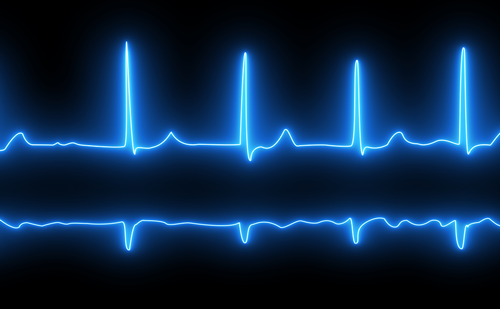Background: There is a gap in evidence regarding optimal management of patients approaching elective device replacement. We do not know what proportion of patients may benefit from a change in device prescription, whether upgrade or downgrade, as a result of changes in clinical status. To date there are no randomised controlled trials regarding changes to device type due to battery depletion, although the need for this has been recognised. In the UK there are no data regarding changes to device prescription at the time of generator replacement and systematic assessment is frequently not performed. We developed a clinical scientist-led clinic which provided individualised patient-centred assessment prior to generator replacement.
Objective: To assess the frequency with which patients are identified as having a change in pacing indication prior to generator replacement and describe the characteristics of patients who underwent an upgrade of their device.
Methods: All patients referred for or undergoing generator replacement between 1 January 2018 and 20 May 2020 were included. Patient records were reviewed to identify what procedure was undertaken and how the clinical history and diagnostics tests informed decision making.
Results: Of 158 patients considered for generator replacement, 82 were reviewed in the clinic. A total of 15/158 patients (9.4%) underwent a change in device type at the time of generator replacement. Of these, 10/82 (12.2%) patients in the clinic were identified as having a change in pacemaker indication. 5/76 (6.6%) patients who were not seen in the clinic were also identified as having a change in indication through alternative visits.
12 patients were upgraded: 5 PPM to CRTP, 1 PPM to ICD, 1 PPM to CRTD and 5 ICD to CRTD. 2 were downgraded from CRTD to CRTP, and 1 patient with CRTP did not have their device replaced. Among PPM patients receiving upgrade, ejection fraction was lower (p<0.001) than those with no change in pacing indication, with no significant difference in gender, %RV pacing, NTproBNP, paced QRS duration and presence of AF.
Conclusion: A significant proportion of patients requiring replacement of their implanted cardiac device do have a change in pacing indication from that at initial implant. This pilot study indicates that systematic assessment of these patients is more likely than standard care to allow timely identification of indications for upgrade or downgrade which can be undertaken at the time of generator replacement and suggests that further examination of patients’ clinical parameters could be useful for identifying which patients are likely to require a change in
pacemaker prescription.

















